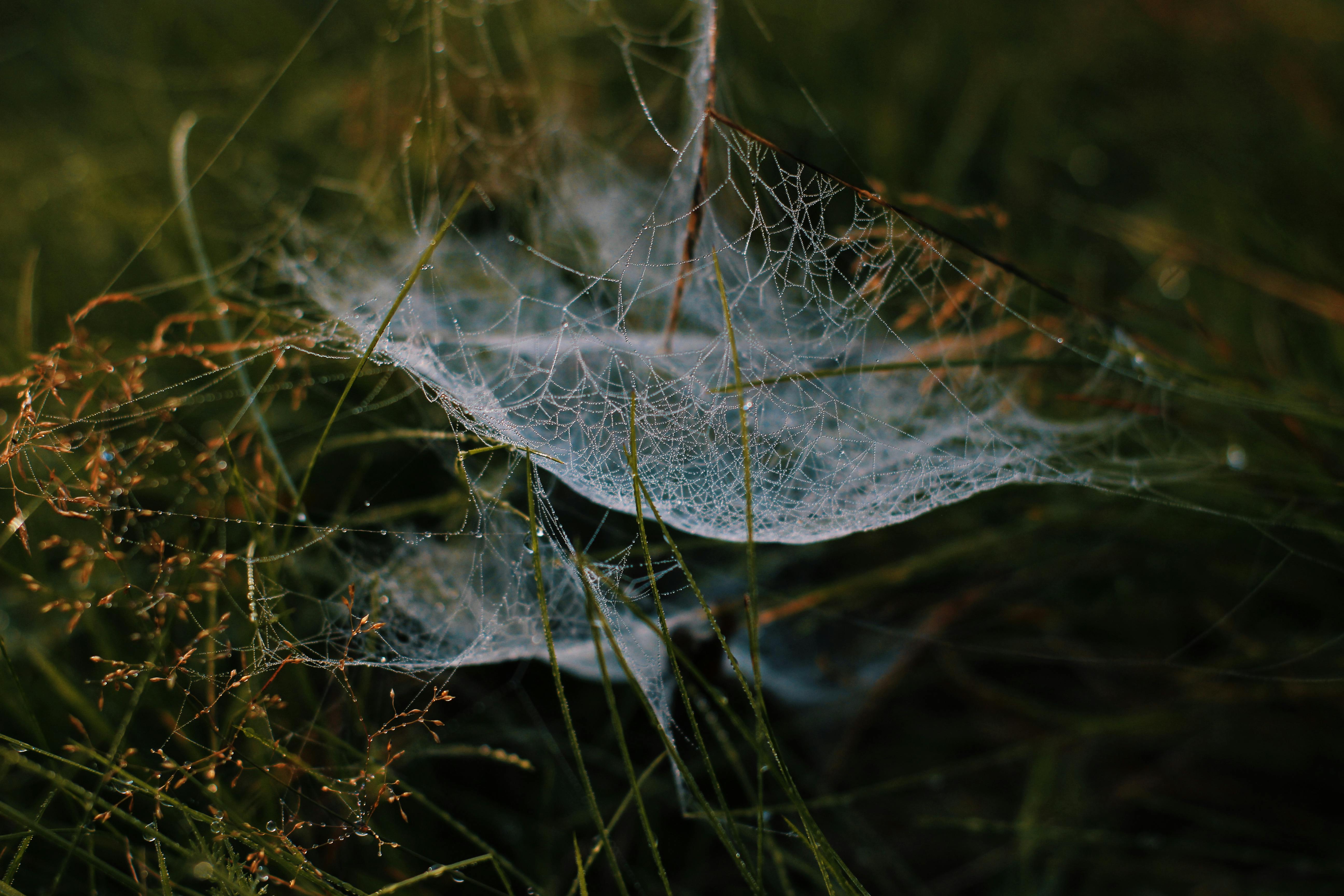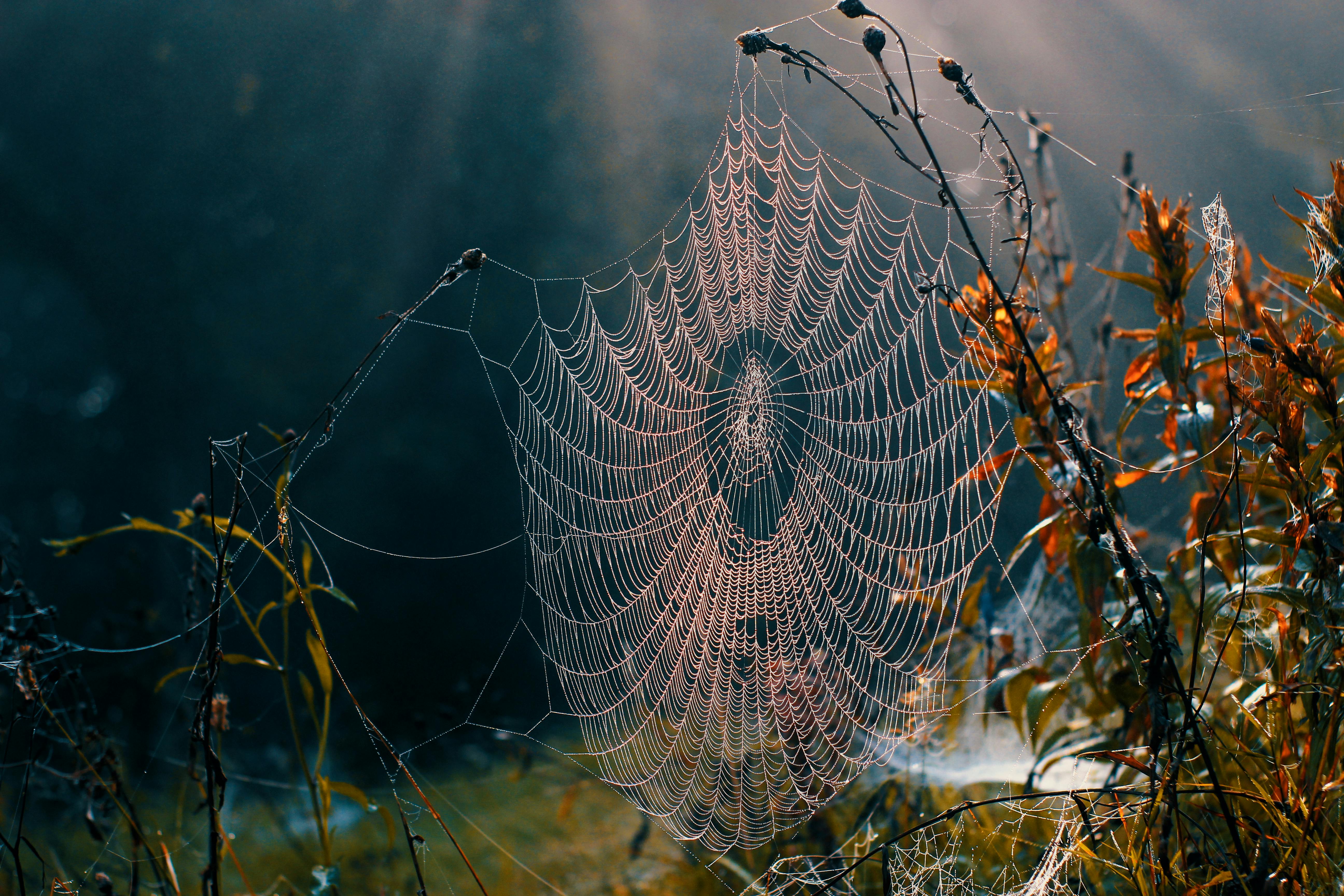Repotting a spider plant is an important part of keeping your plant healthy and happy. Repotting a spider plant is a relatively simple task but there are a few things to keep in mind when doing so. This guide will give you step by step instructions on how to repot a spider plant properly. With the right tools and knowledge, you can give your spider plant the best care possible.To repot a spider plant, you will need a pot with drainage holes that is slightly larger than the current pot, some potting soil, garden scissors or shears, and a pair of gloves. Additionally, you may also want to have some gravel or stones to put at the bottom of the pot for drainage.
Preparing Your Spider Plant for Repotting
When your spider plant needs to be repotted, the first step is to prepare the plant. This includes ensuring the soil is properly aerated, removing any dead or damaged roots, and trimming away any wilted leaves. You’ll also need to make sure that the new pot is large enough for your plant and contains enough soil to provide adequate drainage. Additionally, you’ll want to add some nutrient-rich compost or fertilizer to help promote healthy growth.
Once you have everything prepared, it’s time to remove the spider plant from its current pot. Gently loosen the soil around the roots and then lift it out of its pot. Inspect the root system carefully and remove any dead or damaged roots before proceeding with repotting. You may also want to trim away any wilted leaves as well.
After all of this is done, you can begin adding fresh soil into the new pot and place your spider plant inside. Make sure to fill in around the sides so that there is adequate support for your plant’s root system. Water lightly and apply a layer of mulch on top of the soil to help retain moisture in between waterings.
Finally, place your spider plant in an area with bright indirect light and make sure that it receives plenty of airflow so that it can thrive in its new home! With these steps in mind, you should have no trouble successfully repotting your spider plant and giving it a great start in its new environment!
Choosing a New Pot for Your Spider Plant
When it comes to re-potting your spider plant, the pot you choose is just as important as the soil and fertilizer you use. The right pot can help your spider plant thrive, while the wrong one can cause problems. Here are some tips to help you choose the best pot for your spider plant.
First, make sure the pot is large enough for your spider plant’s root system. If it’s too small, the roots won’t have enough room to spread out and absorb nutrients from the soil. It’s better to err on the side of caution and choose a slightly larger pot than you think you need.
Next, make sure the material of the pot is appropriate for your spider plant. Terracotta pots are popular because they are porous and allow air to circulate around the roots, but plastic pots are also an option. Be sure to avoid metal pots as they can cause root rot and other problems.
Finally, consider adding a saucer or tray underneath the pot to catch any excess water that drains out of the bottom of the pot. This will keep your floors and furniture from getting wet and prevent any water-borne diseases from affecting your spider plant.
By following these tips, you can be sure that you are choosing a pot that is right for your spider plant. The right size and material will help your spider plant thrive for many years to come!

Adding Soil to the New Pot
When planting in a new pot, it is important to use the right type of soil. Soil can be found in various forms, including compost, peat moss, vermiculite, and perlite. Each of these materials has different properties that make them suitable for different types of plants. Compost is a great choice for adding organic matter and nutrients to the soil. Peat moss is a good choice for increasing water retention in the soil. Vermiculite and perlite are both lightweight materials that help improve drainage and aeration in the soil.
When adding soil to a new pot, it is important to mix it well with existing soil. This helps ensure that all of the necessary nutrients are evenly distributed throughout the potting mix. It also helps prevent compaction of the soil, which can lead to poor drainage and root rot.
It is also important to adjust the pH level of the soil before planting. Most plants prefer slightly acidic or neutral soils with pH levels between 6 and 7.5. If necessary, use an inexpensive pH test kit available at most garden centers to check the pH level before adding any additional materials or fertilizers.
Adding organic materials such as compost or manure can help improve drainage and fertility in most soils but should be added in moderation as too much can cause problems such as nutrient imbalance or disease-causing organisms like fungi or bacteria to build up over time.
Finally, make sure that you do not over-water your plants when they are first planted into their new pots as this can cause root rot and other problems with long-term growth and health of your plants.
Positioning the Spider Plant in Its New Pot
Repotting a spider plant is a simple process that will help keep it looking healthy and vibrant. First, select a new pot that is slightly larger than its current one. The new pot should have drainage holes at the bottom to allow for proper drainage of water. Next, add fresh potting soil to the new pot and spread it evenly, making sure there are no air pockets. When you are ready to repot the spider plant, gently remove it from its old pot and carefully place it in the center of its new one. Make sure the root system is not too compressed or crowded in the new pot. If necessary, use your fingers to loosen any soil around the roots before placing them in their new home. Once positioned correctly, fill in with fresh soil around the roots and press down lightly to secure them in place. Finally, give your spider plant a good watering and sit back and enjoy your newly repotted houseplant!
Filling in the Remaining Space With Soil
When it comes to landscaping or gardening projects, filling in the remaining space with soil is an important step that should not be overlooked. It is essential for ensuring that the soil is level and can support the plants and other elements of the landscape. This process can be done either manually or with a machine, depending on the size of the area being filled.
Manually filling in remaining spaces is typically done with a shovel, rake, and wheelbarrow. The process begins by removing any vegetation growing in the area. Next, a layer of topsoil should be spread over the area. This should be followed by breaking up any large clumps of dirt and tamping down the soil to make sure it is level. If necessary, additional soil may need to be added before tamping it down again. Finally, mulch or grass seed can be applied to help protect and nourish the soil.
For larger areas, using a machine like a backhoe or skid steer may be needed for filling in remaining spaces with soil efficiently and effectively. This method begins by determining how much soil will need to be removed from other areas of the property to fill in the space evenly. The next step involves digging out any existing vegetation with either a shovel or machine bucket before transferring it to an appropriate location for disposal. Once this is complete, topsoil can then be added to fill in any low spots before being leveled out with rakes or a skid steer bucket attachment. Finally, mulch can then be applied over top of it all for protection from weeds and erosion while providing nutrients for healthy plant growth.
Filling in remaining spaces with soil is an essential part of many landscaping projects as it ensures that plants are supported properly and helps protect against erosion and weed growth. Whether done manually or by machine, this step should not be overlooked when planning your next landscaping project!

Conclusion
Repotting a spider plant is relatively straightforward. With a few simple steps, you can have your spider plant looking healthy and vibrant in no time. It’s important to ensure that the pot is large enough to accommodate the plant’s growth, and that you use well-draining soil to help keep your spider plant hydrated. You may also want to consider adding some fertilizer or other soil amendments when repotting your spider plant for added nutrients. Overall, repotting a spider plant is an easy and rewarding process that will ensure your plant looks its best for years to come.
When repotting your spider plant, it’s important to take great care not to damage the roots of the plant. Be sure to water the soil thoroughly after repotting, and keep the soil moist but not soggy as the root system establishes itself in its new home. Lastly, provide plenty of bright light and watch as your spider plant flourishes in its new home.

